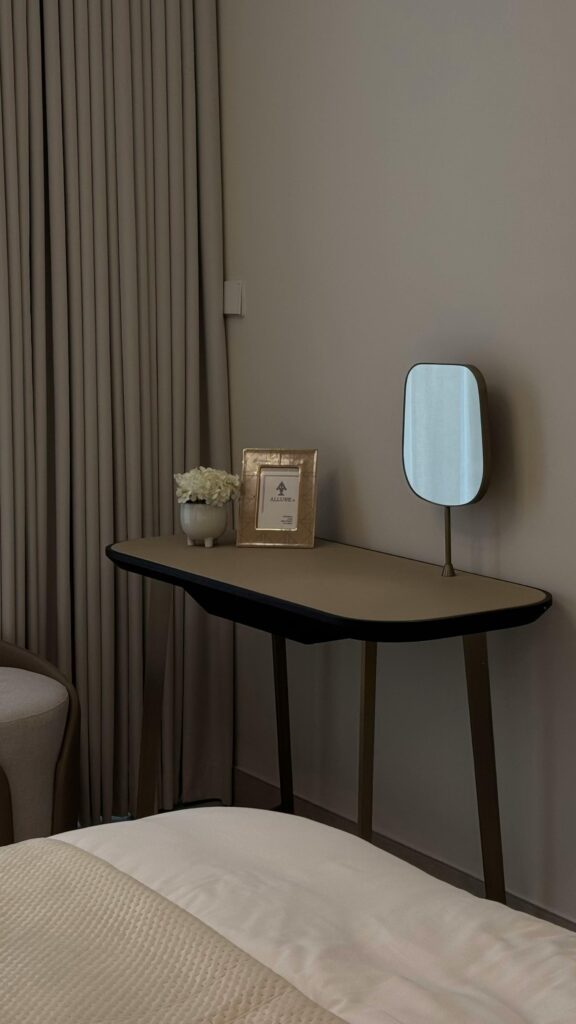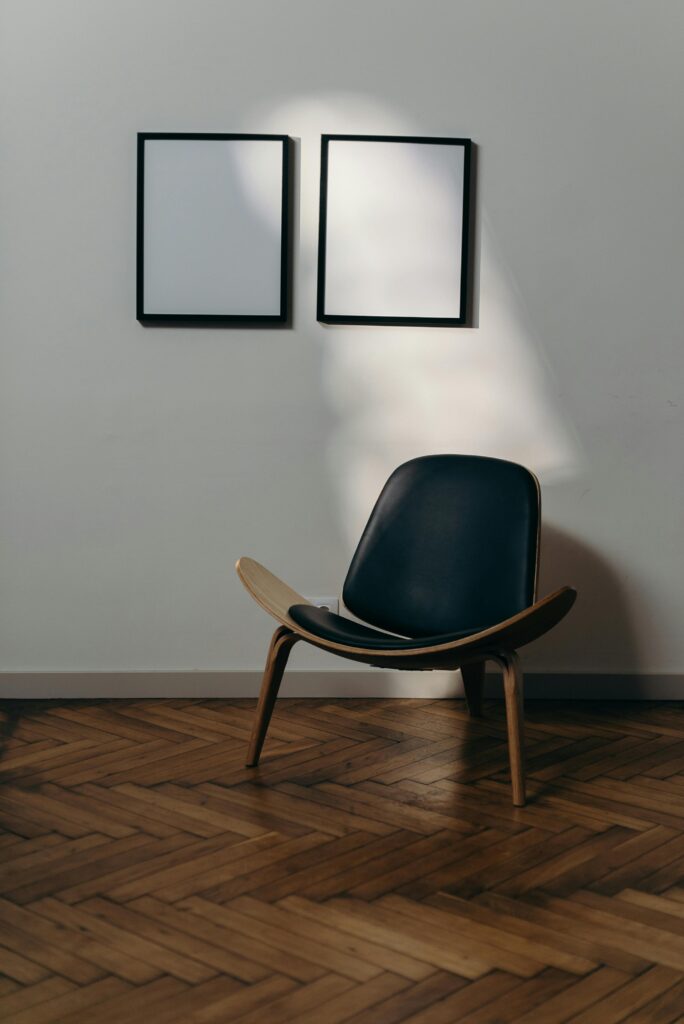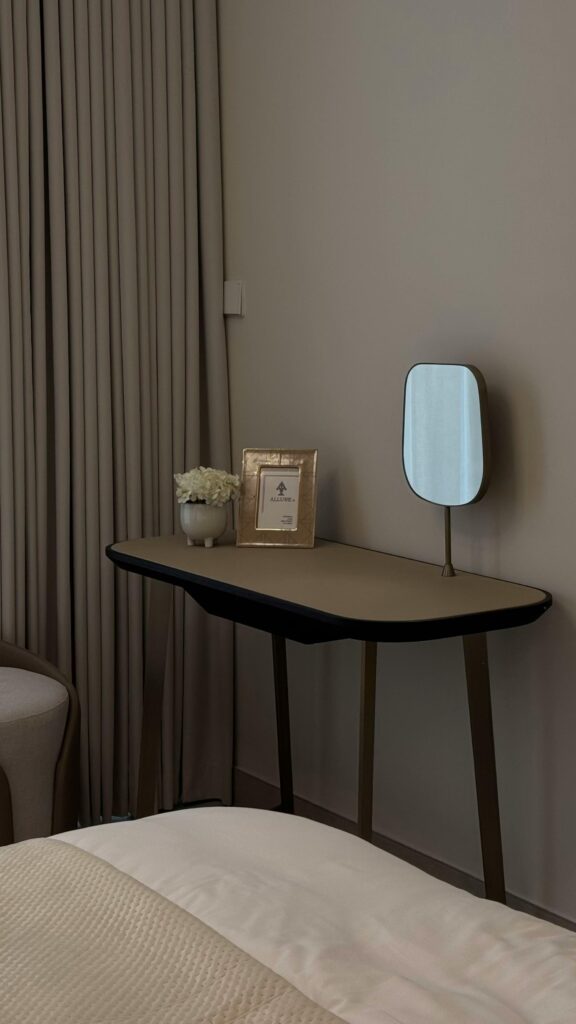The traditional office is dead, and Dubai’s business leaders are scrambling to adapt to the new reality of hybrid work. As employees shuttle between home offices and corporate spaces, your current workspace design feels increasingly obsolete. Static desk arrangements and rigid meeting rooms no longer serve teams that blend in-person collaboration with remote productivity. The pressure to create flexible environments that attract top talent while maximizing real estate investments has never been more intense.
This transformation demands more than rearranging furniture or adding a few hot-desking stations. It requires revolutionary thinking about how spaces adapt to human behavior, technology integration, and cultural expectations. Dubai’s premier commercial design specialists are pioneering flexible workspace solutions that respond instantly to changing needs while maintaining the luxury standards the emirate demands.
The hybrid work revolution reshaping Dubai’s commercial landscape
Dubai’s business ecosystem has fundamentally shifted since 2024, with 78% of companies adopting hybrid work models according to recent workplace surveys. This isn’t a temporary adjustment but a permanent evolution that demands spaces capable of serving diverse work styles simultaneously.
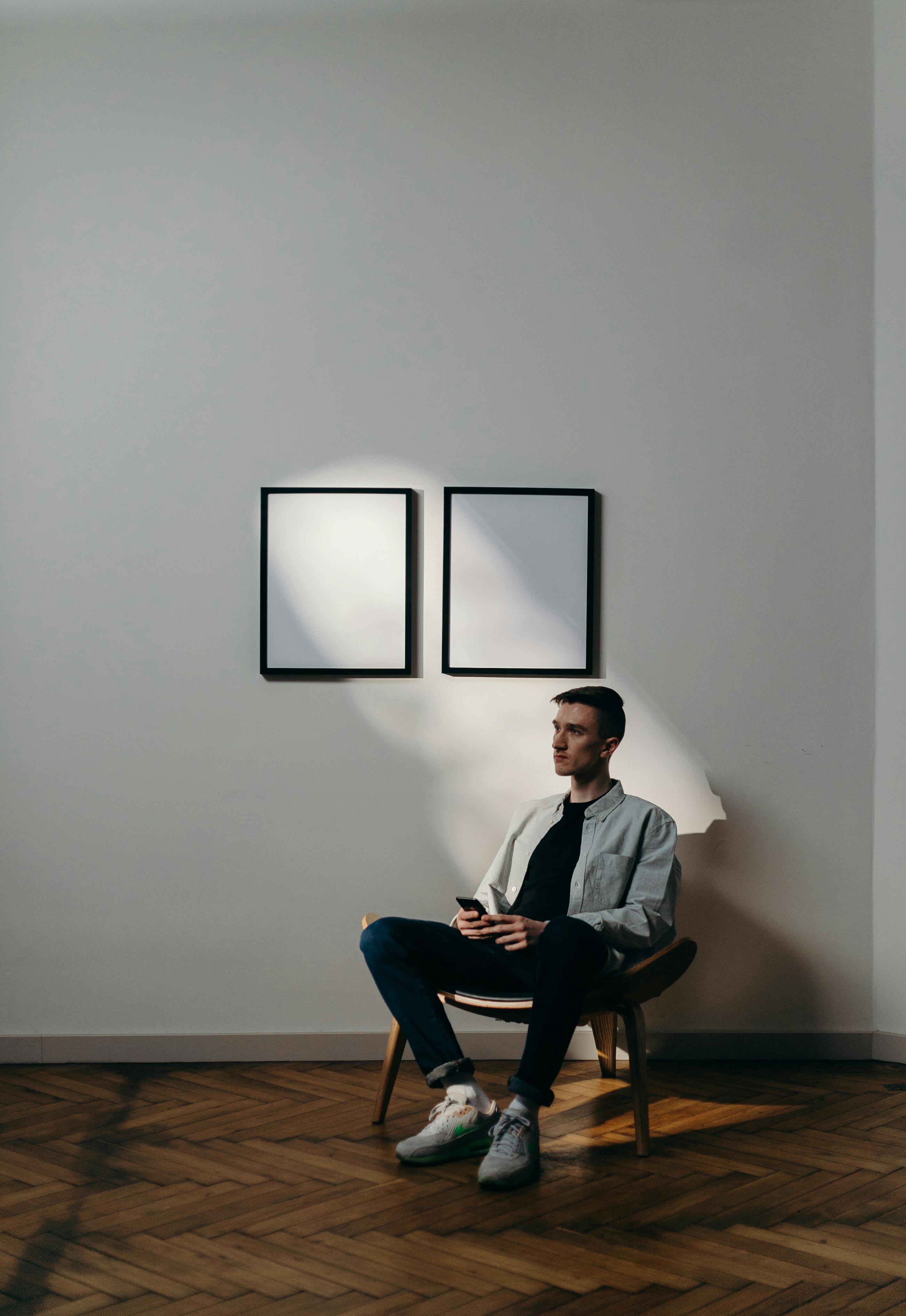
This Photo was taken by cottonbro studio.
The challenge extends beyond accommodating different work patterns. Today’s professionals expect environments that seamlessly transition from focused individual work to collaborative team sessions. They demand technology that connects effortlessly with remote colleagues while maintaining the human connection that drives innovation.
Commercial real estate costs in Dubai’s prime business districts have reached premium levels, making efficient space utilization critical. Premium workspace solutions now emphasize adaptability over square footage, creating environments that serve multiple functions throughout the day.
Understanding the new workspace psychology
Modern workers don’t just need desks; they need experiences that enhance their productivity and well-being. Research from leading workplace consultancies shows that employees perform 25% better in thoughtfully designed flexible environments compared to traditional office layouts.
This psychological shift influences everything from lighting design to acoustic planning. Spaces must support both extroverted collaboration and introverted focus work within the same footprint. The most successful designs create distinct zones that feel connected yet acoustically separated.
Revolutionary design principles transforming co-working spaces
Dubai’s most innovative co-working spaces embrace five core principles that differentiate them from conventional office design. These principles guide every decision from initial planning through final implementation.
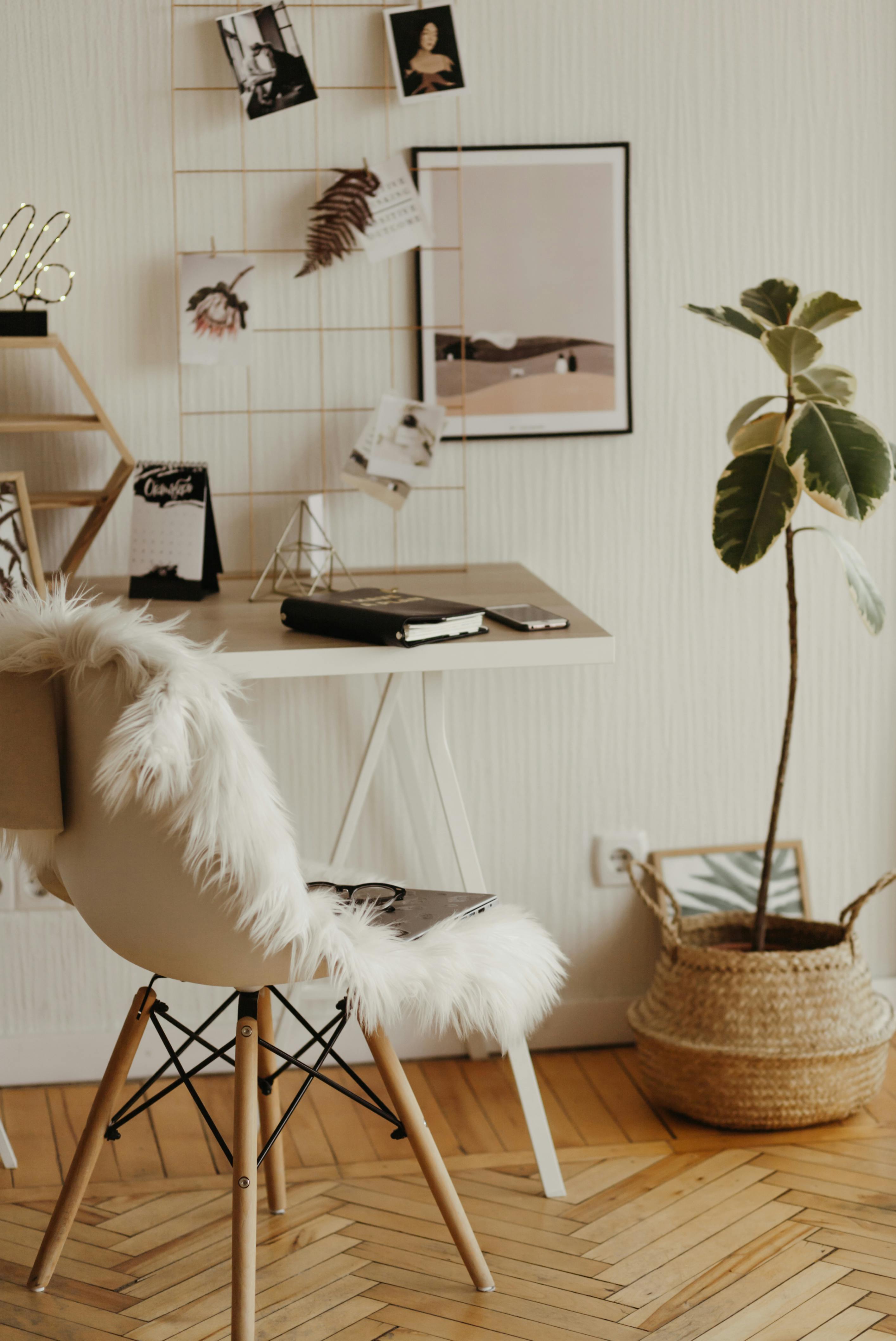
This Photo was taken by Polina ⠀.
Adaptive architectural elements
Revolutionary spaces feature walls that move, furniture that transforms, and technology that relocates based on immediate needs. Sliding glass partitions create instant meeting rooms or open collaborative areas within minutes. Modular seating systems reconfigure from individual workstations to team huddle spaces using simple mechanical adjustments.
These adaptive elements respond to usage patterns tracked through smart sensors embedded throughout the space. When data shows high demand for private phone booths during specific hours, moveable acoustic pods automatically become available in high-traffic areas.
Biophilic integration for mental wellness
Dubai’s intense urban environment makes natural elements essential for psychological balance. Biophilic office interior design incorporates living walls, water features, and natural materials that reduce stress while enhancing creativity.
Advanced hydroponic systems maintain lush vegetation without the water waste concerns typical in desert climates. These installations improve air quality while providing the visual relief essential for sustained focus during long work sessions.
| Design Element | Productivity Impact | Implementation Cost | ROI Timeline |
|---|---|---|---|
| Living Wall Systems | 18% improvement | AED 2,500/sqm | 14 months |
| Natural Light Optimization | 23% improvement | AED 1,800/sqm | 8 months |
| Acoustic Landscaping | 31% improvement | AED 3,200/sqm | 12 months |
| Temperature Zoning | 15% improvement | AED 2,100/sqm | 18 months |
Technology integration that disappears
The most sophisticated co-working spaces hide their technology complexity behind intuitive interfaces. Wireless charging surfaces embedded in tables eliminate cable clutter while maintaining clean aesthetic lines. Voice-activated room booking systems respond to natural speech patterns without requiring specialized commands.
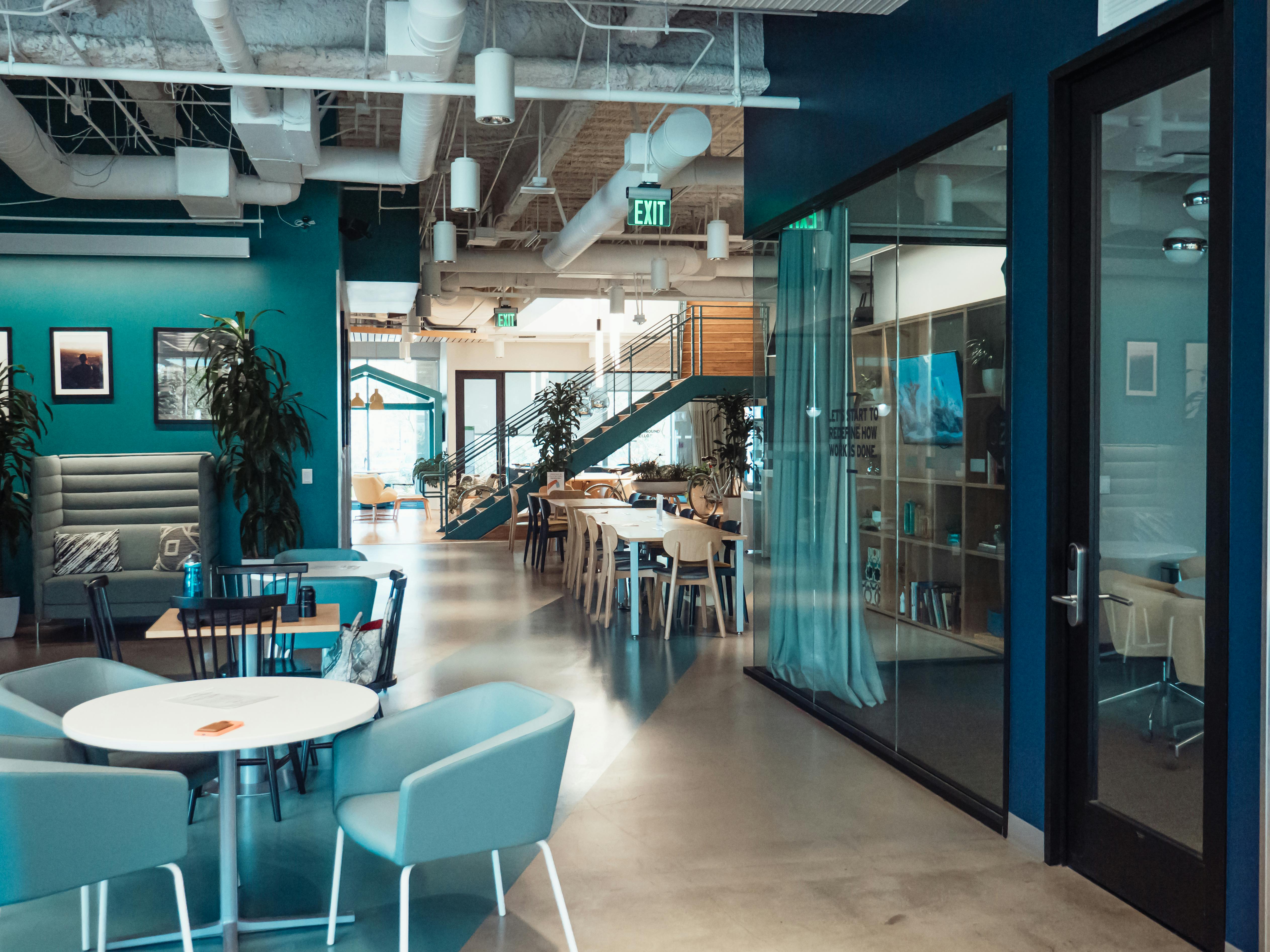
This Photo was taken by Kindel Media.
Projection mapping transforms any surface into a collaborative display, while augmented reality systems overlay digital information onto physical spaces without requiring users to wear cumbersome devices. This invisible technology integration maintains the human-centered atmosphere essential for creative work.
Cultural adaptation in Dubai’s diverse workforce
Dubai’s co-working spaces serve professionals from over 200 nationalities, each bringing distinct work styles and cultural expectations. Successful designs accommodate these differences without compromising functionality or aesthetic coherence.
Prayer and meditation spaces
Thoughtful designs incorporate quiet spaces suitable for prayer, meditation, or personal reflection without segregating users by religion or practice. These areas feature neutral aesthetics with proper orientation and acoustic privacy, serving the spiritual needs of diverse users.
The integration feels natural rather than tokenistic, with these spaces positioned as wellness amenities that benefit all users seeking moments of quiet contemplation during busy workdays.
Social interaction zones
Cultural preferences for social interaction vary dramatically across Dubai’s international workforce. Some cultures prioritize communal eating and conversation, while others prefer structured networking opportunities. Revolutionary co-working designs create multiple social formats within the same environment.
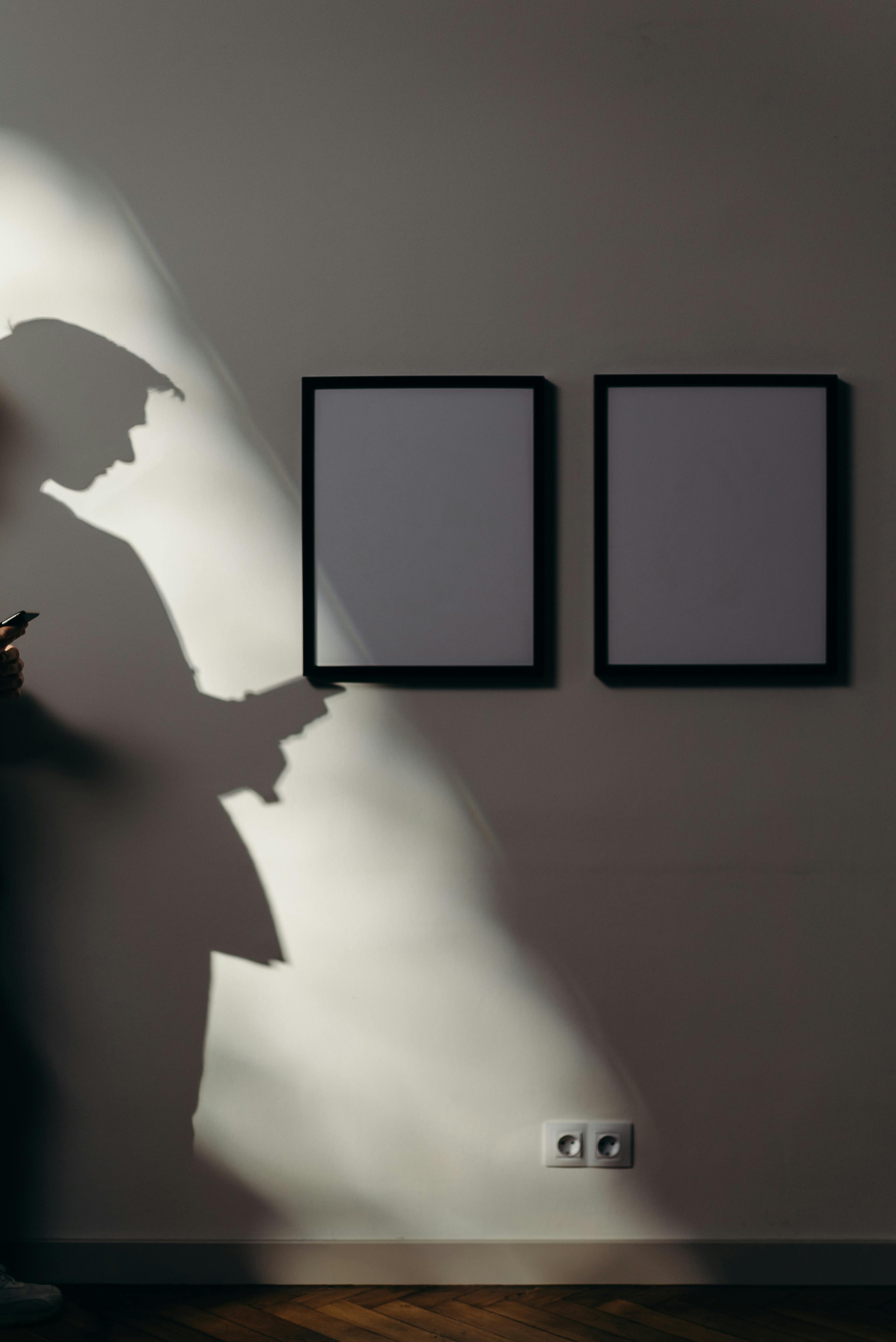
This Photo was taken by cottonbro studio.
Casual lounge areas with low seating encourage informal conversation, while structured networking zones feature standing-height surfaces and scheduled interaction opportunities. Multi-generational design concepts inform these social spaces, recognizing that age and cultural background influence preferred interaction styles.
Smart space allocation and dynamic pricing models
Advanced co-working spaces use artificial intelligence to optimize space allocation in real-time. Machine learning algorithms analyze usage patterns, booking data, and environmental conditions to predict demand and adjust availability dynamically.
Predictive space management
Smart sensors monitor everything from seat occupancy to air quality, feeding data into predictive models that anticipate space needs before users request them. When algorithms detect team collaboration patterns, the system automatically reserves adjacent flexible spaces and config
